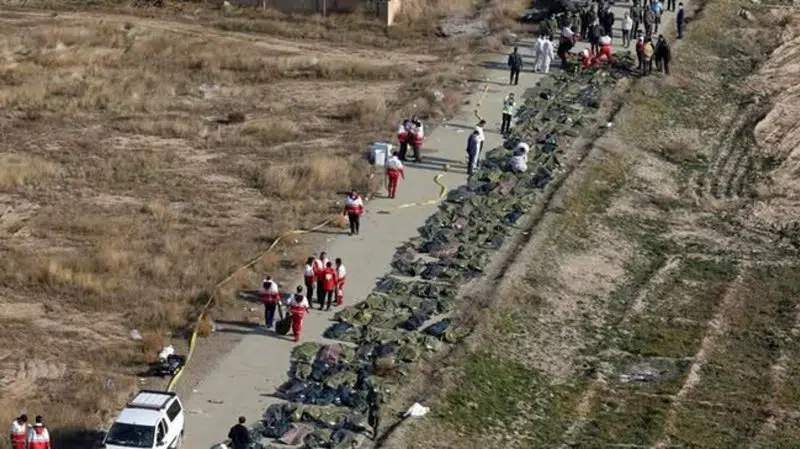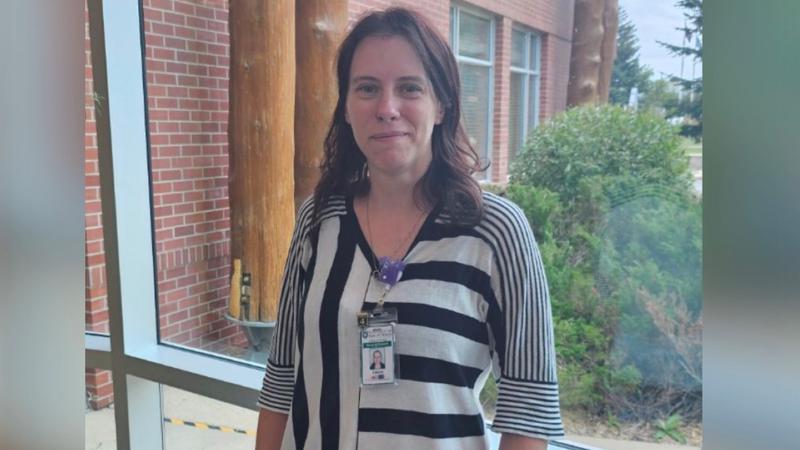
Investigating the Ukraine Airlines crash outside Tehran
OTTAWA — The crash of an airplane, anywhere in the world, launches an investigative process with standards for what evidence needs to be collected and who can be involved. Here’s how it might work after the crash of a Ukrainian airliner flying from Tehran to Kyiv, with many Canadians aboard.
Who is involved?
Under rules set out by the International Civil Aviation Organization (ICAO), the countries where the crash happened, where the plane is registered, where the plane’s operator is located, and where its manufacturer is based are all brought in. In this case, the Aircraft Accident Investigation Board of the Civil Aviation Organization of the Islamic Republic of Iran is in charge. Ukraine assists because the operator is based there, and so should the United States because that’s where Boeing, the manufacturer of the 737-800 aircraft, is located.
The lead country can call in other outside experts to look more closely at the engines, the pilots and maintenance, among other areas, said Barbara Dunn, president of the Canadian Society of Air Safety Investigators.


